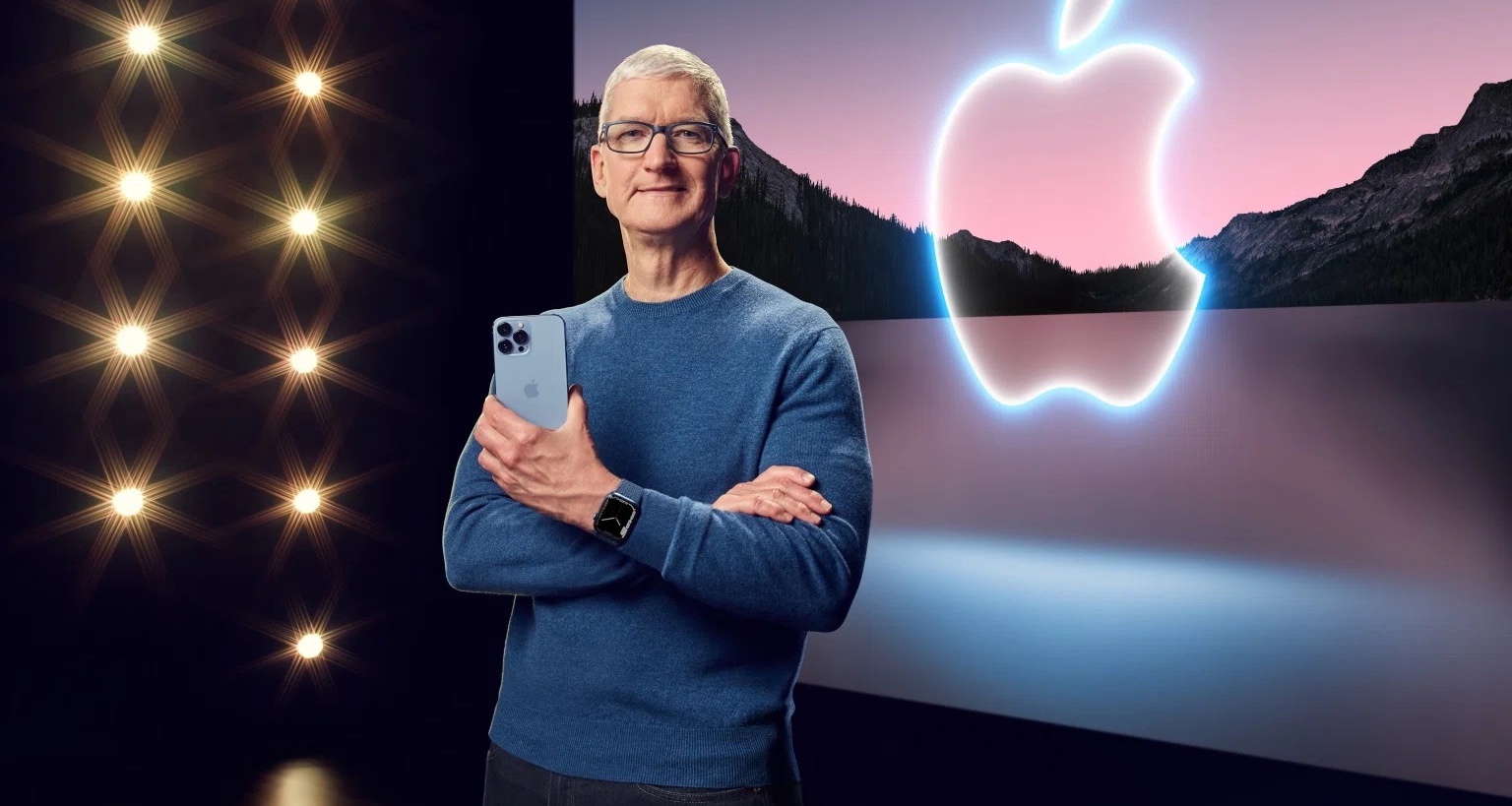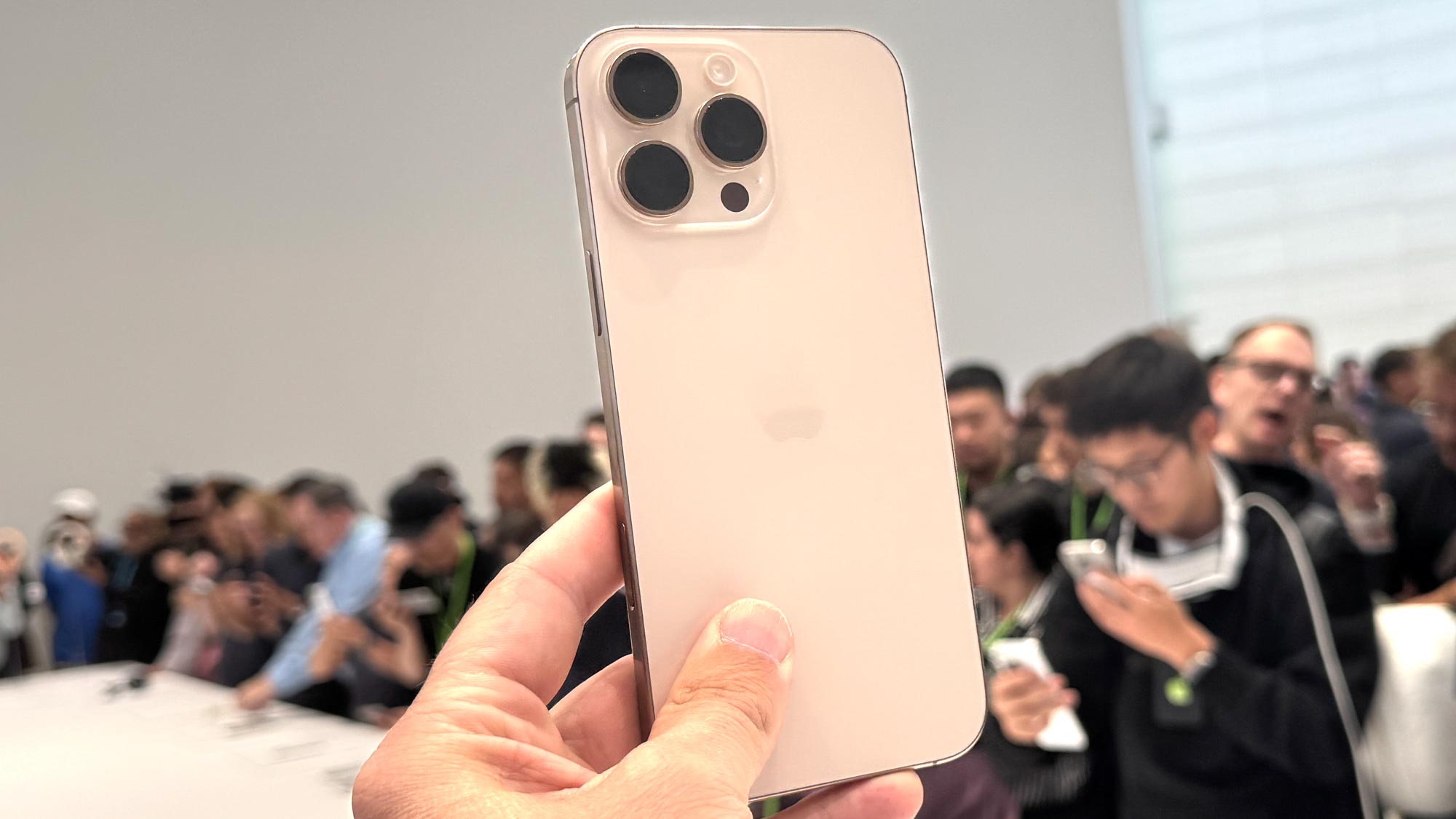
Get ready for a big Apple launch change.
With the exception of irregular SE handsets and the recent iPhone 16e, in recent years, Apple has released its iPhones in a single batch at a big event at the start of fall. For the last decade that has almost always been September, slipping to October in 2020 thanks to the coronavirus pandemic.
This rigid schedule could be set to change next year, according to a new report in The Information. In a plan to “rejuvenate” sales, the iPhone 18 family’s launch will be split into two windows, according to three unnamed supply chain sources.
Under this schedule, high-end iPhones — the iPhone 18 Pro, iPhone 18 Pro Max and brand new foldable iPhone — would arrive in the fall as per usual. Then, in the spring, Apple will reportedly follow up with three cheaper handsets: the iPhone 18, the iPhone 18 Air and iPhone 18e.
This loosely seems to mimic Samsung’s staggered flagship phone release schedule, where the Galaxy S series arrives in January/February, with the foldable Galaxy Z range following in July/August.
But it’s a somewhat different proposition for Apple, as the second window will see the release of objectively less exciting — albeit cheaper — products. The second launch may not even warrant an actual live event, as it’s hard to imagine the same degree of excitement accompanying cut-back versions of six-month-old handsets.
It’s far more likely that they’ll emerge via press release, as the iPhone 16e did.
iPhone 18: Mixing things up

Nonetheless, a possible change of schedule serves three useful purposes for Apple. The first is a useful element of upselling: if there aren’t any cheaper options in September 2026, then buyers who might have opted for the cheaper model but want a new iPhone right away will have no choice but to opt for the Pro.
Secondly, even without a full event, Apple has no problem getting headlines with new iPhones, which have an appeal that stretches well beyond the usual tech press coverage. Having an additional launch window means new iPhones will get media attention twice a year, rather than just once.
And that’s important for the third point: things are getting a bit crowded. There was a time when Apple released a single iPhone each year, but that doubled with the Plus model in 2014 and then doubled again in 2019 with the introduction of Pro versions.
With the arrival of the iPhone Fold next year and the possible continuation of the ‘e’ line, we’ll be up to six — and that means that some new iPhone models will inevitably struggle to be seen.
If nothing else, splitting up the schedule means the iPhone-hungry media will have the space to give the basic iPhone 18 the same attention as the iPhone Fold. Though that coverage will be considerably more muted if it’s barely an advance on the iPhone 17.
!["[T]he First and Fifth Amendments Require ICE to Provide Information About the Whereabouts of a Detained Person"](https://images.inkl.com/s3/publisher/cover/212/reason-cover.png?w=600)






